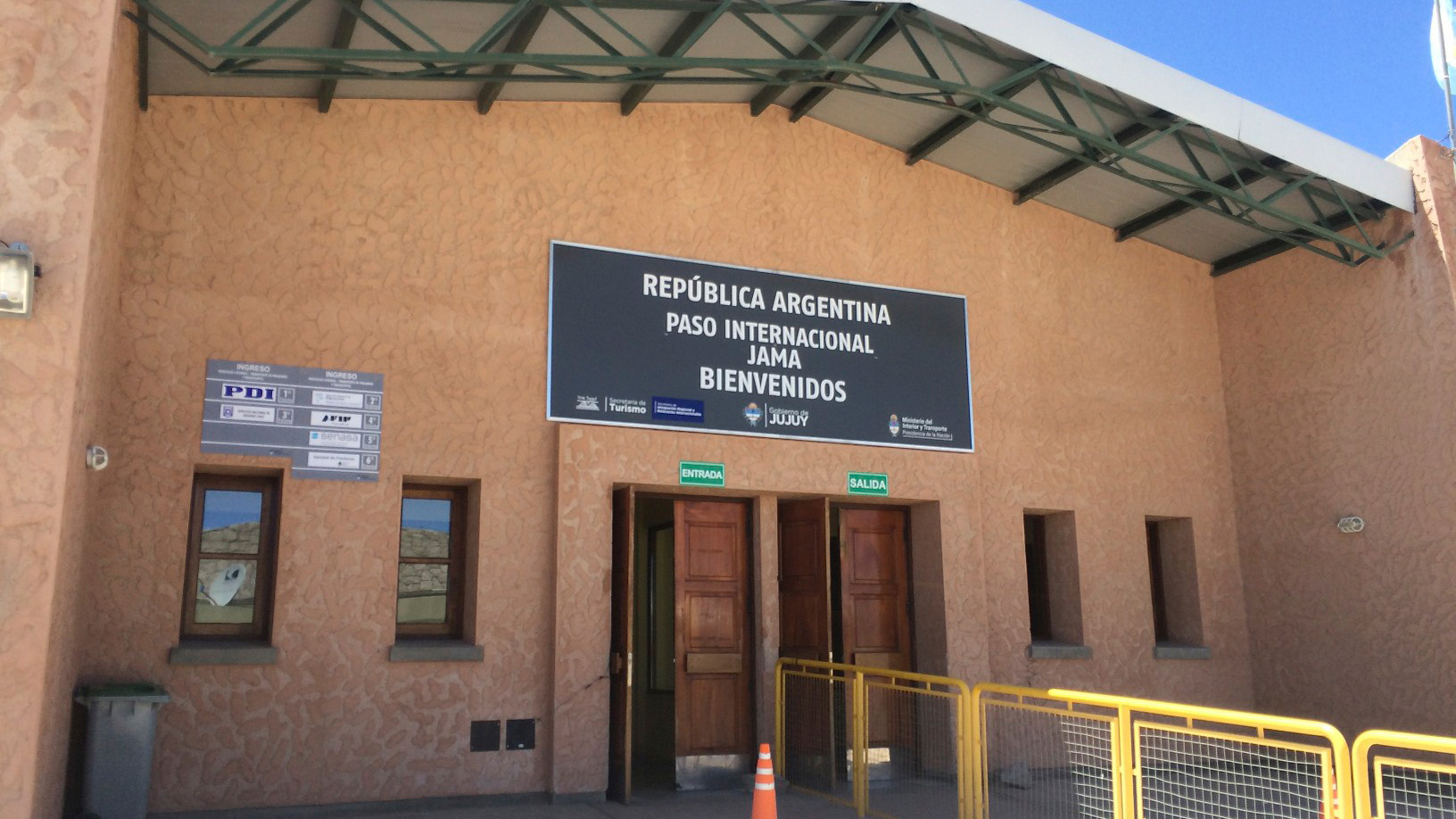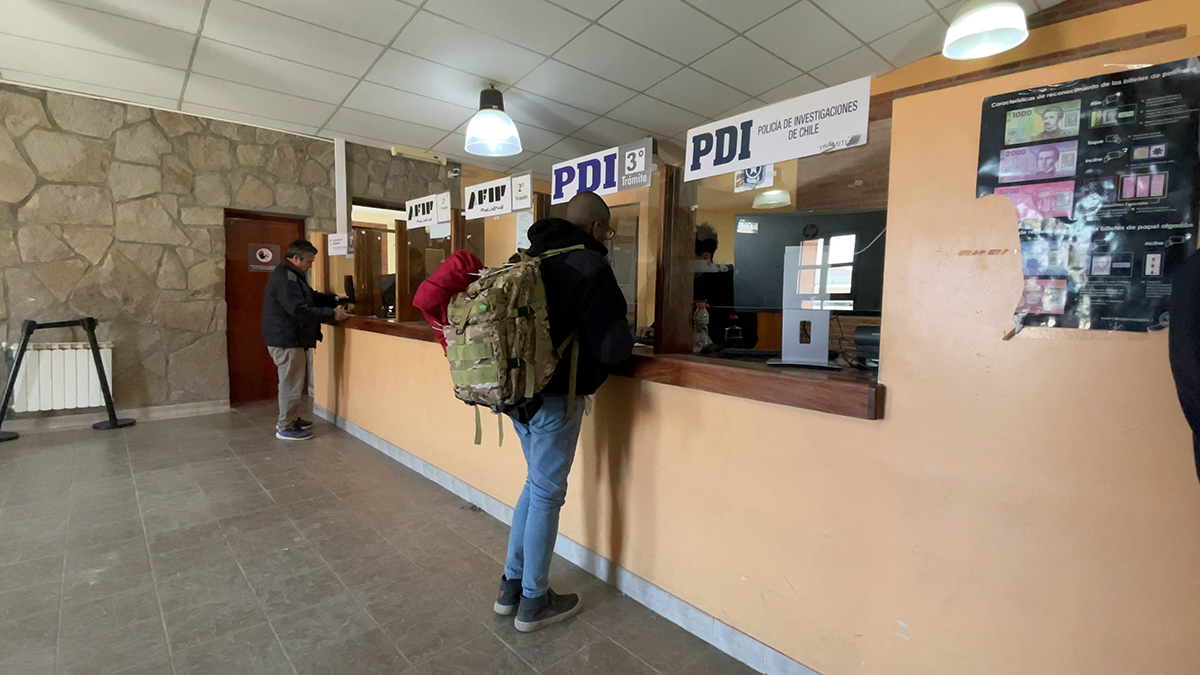Border Crossing - Paso de Jama, Argentina to Chile

Crossing Date: 21 October 2023
Direction: Argentina to Chile
Altitude: 4,200m
Vehicle: UK-registered motorcycle
People: 1
Total time: 45 minutes
Rating: 5/5 (Clockwork)
Paso de Jama is the main border crossing for northern Argentina and Chile. As such it is also one of the most well-organised. The border post has a single building which houses the immigration and customs functions for both countries. This means everything for the crossing can be completed in one location.
The Process
When you enter the border zone from Argentina, you need to stop at an initial checkpoint. Here they give you a piece of paper which is basically your guide and record of each of the different things you need to do to formalise your Argentinian exit and officially enter Chile with your vehicle.
Next you drive a short distance to the main border functions building. It's large, modern, and hard to miss. You simply park up and head inside.
The process is made super simple by a set of numbered windows, each representing a step you need to take in the formalities process. The windows are:
- Argentinian Immigration (Imigración) - exiting Argentina
- Argentinian AFIP (Customs) - cancelling the temporary import permit (TIP) for your vehicle
- Chile PDI (Immigration Police) - entering Chile
- Chile Service Nacional de Aduana (Customs) - obtaining a Chilean TIP for your vehicle
- Chile Servicio Agrícola (Agricultural Customs) - making a customs declaration
After each stage of the process is complete, the officer at the respective window stamps the piece of paper you were given when you entered. You then move to the next window. And once you have a full set of stamps, you can proceed to cross the border.
How it Went for Me
My experience was incredibly smooth. There were a handful of people ahead of me in line, so most of the time for the crossing was actually just waiting for these people to be processed. Argentina no longer stamps passports (it's all electronic) so exiting was very quick. Likewise, cancelling the Argentinian TIP for my motorcycle took all of about two minutes.

On the Chilean side, the process with the PDI was also quick. They give you a printed receipt which is important to hold on to. Some hotels will want to photocopy it along with your passport so they can give you the VAT-free foreigner price. You will also need this receipt to exit Chile.
After the PDI, the first of the two Customs procedures was to sort out the Chile TIP for my bike. With the UK registration document (V5C) for the bike, the process took about five minutes. In theory you are supposed to have insurance for your vehicle to enter Chile (I did), but the Customs officer didn't check. The TIP is issued as an A4 print out, with some stamps and signatures added to make it all official. Again, this document is necessary to exit Chile later, so it needs to be kept safe. The PDI official should also stamp your passport. Again, this is necessary as you'll need the stamp to exit Chile later.
The last step of the process is dealing with the Agricultural Customs. You're asked to fill out a fairly typical declaration relating to specific items you may be bringing into Chile. The form is in Spanish and English, so is easy to complete. Chile has quite strict rules about bringing in food and agricultural products, so the form is mainly concerned with that. Being from Australia, which has some of the most hardcore rules about bringing in food products, I'm well-conditioned not to try and carry any of those sort of items over a border.

The Agricultural Customs lady also said she wanted to have a look in my luggage. We went outside together, but when she saw how tightly everything was tied down on the bike, she settled for a cursory rummage through my panniers and wished me well on my way.
With a full set of stamps, I then proceeded to the border and handed the piece of paper to the official. After a quick check, the barrier was raised and it was Bienvenido a Chile!
The whole process took around 45 minutes. The Argentinian officials were courteous and efficient; the Chilean officials were friendly and helpful. Not much English is spoken, but everyone is used to dealing with foreigners so they make it work.




